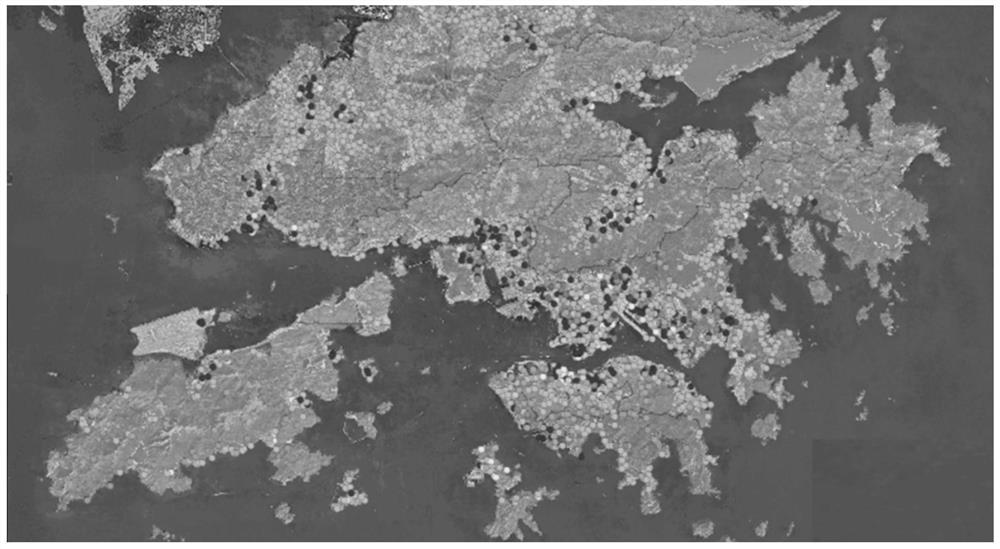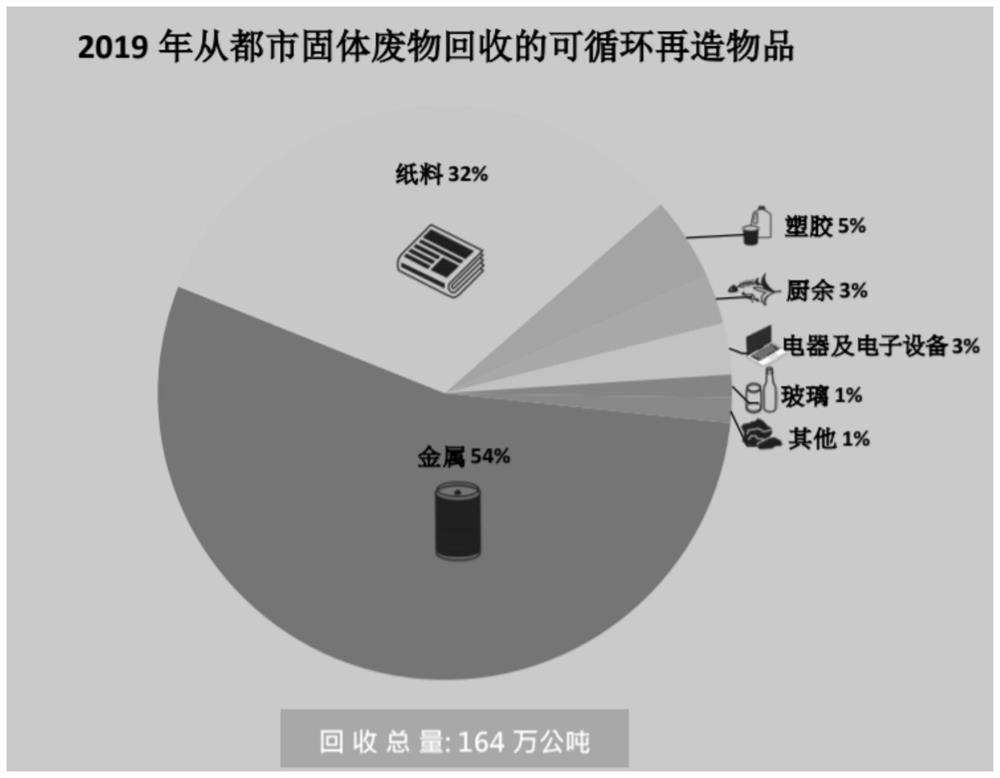Garbage classification recycling facility adding method and system based on step suitable index improvement
A technology of garbage classification and indexing, which is applied in data processing applications, structured data retrieval, geographic information databases, etc., can solve the problems of collection and transportation, and can not produce too much energy per day, and achieve the effect of high spatial accuracy.
- Summary
- Abstract
- Description
- Claims
- Application Information
AI Technical Summary
Problems solved by technology
Method used
Image
Examples
specific Embodiment approach 1
[0020] Specific implementation mode one: refer to figure 1 Describe this embodiment in detail. This embodiment is based on the Yibu index-improved method for adding domestic waste sorting and recycling facilities, including:
[0021] Step 1. Obtain OSM road network data, DEM elevation data and UN Worldpop 100*100m grid population density and residential data in the area to be calculated;
[0022] Step 2, connect the breakpoints of the OSM road network in the area to be calculated to obtain complete OSM road network data;
[0023] Step 3. Calculate the total garbage output in the 100*100m grid, calculate the garbage classification production ratio in the area to be calculated according to the total garbage production in the 100*100m grid, and calculate the facility score weight based on the garbage classification production ratio;
[0024] Step 4. Calculate the walkability distance attenuation index of the recycling facility based on the straight-line space distance between th...
specific Embodiment approach 2
[0032] Embodiment 2: The difference between this embodiment and Embodiment 1 is that in the second step, the breakpoints of the OSM road network in the area to be calculated are connected by using transtar software.
[0033] Other steps and parameters are the same as those in Embodiment 1.
specific Embodiment approach 3
[0034] Specific embodiment three: the difference between this embodiment and specific embodiment one or two is that the step three calculates the total garbage output in the 100*100m grid, and calculates the area to be calculated according to the total garbage output in the 100*100m grid Garbage classification production ratio, and calculate the facility score weight according to the waste classification production ratio; the specific process is:
[0035] By multiplying the United Nations 100*100mWorldpop population density data with the per capita waste generation of residents, the total waste production in the 100*100m grid is obtained; the production ratio of various wastes is obtained according to the total waste production, and the production ratio of various wastes is calculated , for example, where the generation ratio of recyclable waste such as glass, paper, plastic, metal and clothing in the grid is a 1 :a 2 :a 3 :a 4 :a 5 , and determine the corresponding basic ...
PUM
 Login to View More
Login to View More Abstract
Description
Claims
Application Information
 Login to View More
Login to View More - R&D
- Intellectual Property
- Life Sciences
- Materials
- Tech Scout
- Unparalleled Data Quality
- Higher Quality Content
- 60% Fewer Hallucinations
Browse by: Latest US Patents, China's latest patents, Technical Efficacy Thesaurus, Application Domain, Technology Topic, Popular Technical Reports.
© 2025 PatSnap. All rights reserved.Legal|Privacy policy|Modern Slavery Act Transparency Statement|Sitemap|About US| Contact US: help@patsnap.com



